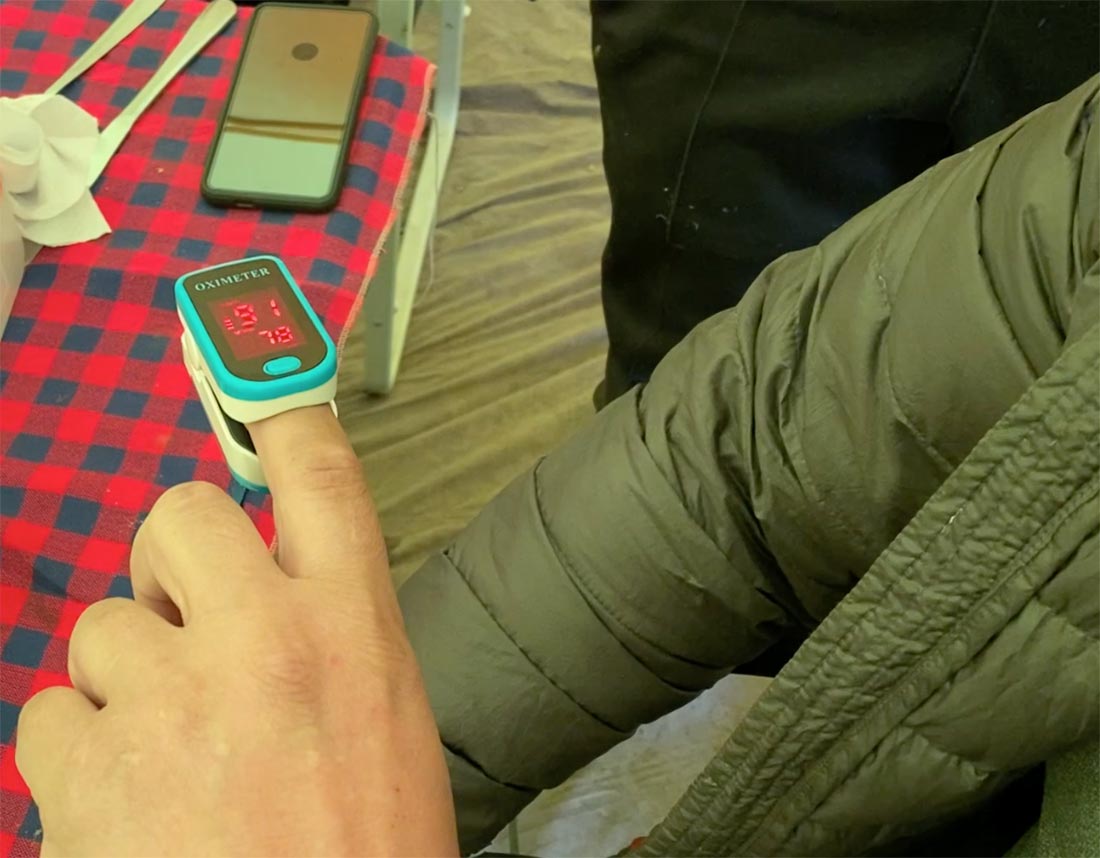Mount Kilimanjaro, rises majestically above the Serengeti plains in Tanzania, Africa. Kilimanjaro offers stunning views and a once-in-a-lifetime experience. Yet, the altitude can pose serious risks, including altitude sickness. To help mitigate these risks, pulse oximeters have become invaluable tools for climbers and guides on Kilimanjaro. In this article, we will explore pulse oximeters used on Kilimanjaro. This is especially true when it pertains to altitude sickness.
Understanding Altitude Sickness
Altitude sickness, also known as acute mountain sickness (AMS), occurs when individuals ascend to high altitudes too quickly. This deprives their bodies of the oxygen needed for various functions. Kilimanjaro, with its towering height of 19,341 feet (5,895 meters) at its highest point, presents a significant risk of altitude-related health issues.
AMS can manifest with various symptoms. They include headaches, dizziness, nausea, and shortness of breath. In severe cases, it can progress to high-altitude pulmonary edema (HAPE) or high-altitude cerebral edema (HACE). Both of these can be life-threatening if not addressed.
The Role of a Pulse Oximeter
Pulse oximeters are small, portable devices used to measure blood oxygen saturation (SpO2) and pulse rate. These devices are now an essential part of our guide’s gear on Kilimanjaro. They provide real-time data on oxygen levels in the blood.
Monitoring Oxygen Levels:
As climbers ascend Kilimanjaro, the air becomes thinner and contains less oxygen. Pulse oximeters allow our guides to monitor oxygen saturation levels. A normal SpO2 reading at sea level is around 95-100%. This decreases as altitude increases. Monitoring this data helps trekkers to gauge how their bodies are adapting to the decreased oxygen levels.
Early Detection of Altitude Sickness:
Pulse oximeters can be instrumental in the early detection of altitude sickness. A sudden drop in SpO2 readings or a consistent decrease can be a warning sign of impending AMS, HAPE, or HACE. Recognizing these changes allows climbers to take immediate action. They may have to descend to lower altitudes. This can often resolve mild to moderate AMS symptoms.
Personalized Decision Making:
Pulse oximeters offer a personalized approach to altitude acclimatization. Pulse oximeters allow climbers to make informed decisions based on their unique physiological responses to altitude. This data empowers climbers to adjust their pace and hydration. Our guides will make the final decision about a climber’s overall health.
Educating Climbers:
Pulse oximeters are also valuable educational tools. Guides and climbers can use these devices to explain the effects of altitude on the body. This helps individuals understand their physical condition. Our guides will be the ones to decide if a client can continue the ascent or descend to a lower elevation or evacuation point.
Tips for Using Pulse Oximeters on Kilimanjaro
 Baseline Measurements:
Baseline Measurements:
Establishing baseline SpO2 and pulse rate measurements at lower altitudes is essential before starting the trek. This baseline will help identify significant changes as climbers ascend. We do this at the initial trip briefing.
Regular Monitoring:
Oxygen saturation is monitored daily and recorded.
 Trust Your Guide
Trust Your Guide
Kilimanjaro Sunrise’s experienced guides are well-versed in altitude-related issues. Climbers should trust the guide’s recommendations.
Final Thoughts
Climbing Kilimanjaro is a remarkable experience, but it’s not without risks. Altitude sickness is a real concern. Pulse oximeters on Kilimanjaro have become indispensable tools for climbers and guides to track and manage this risk. These small, portable devices provide real-time data on oxygen levels in the blood, allowing for early detection of altitude sickness and informed decision-making during the ascent. By using pulse oximeters, trekkers can better enjoy their Kilimanjaro adventure while ensuring their health and safety remain a top priority.







